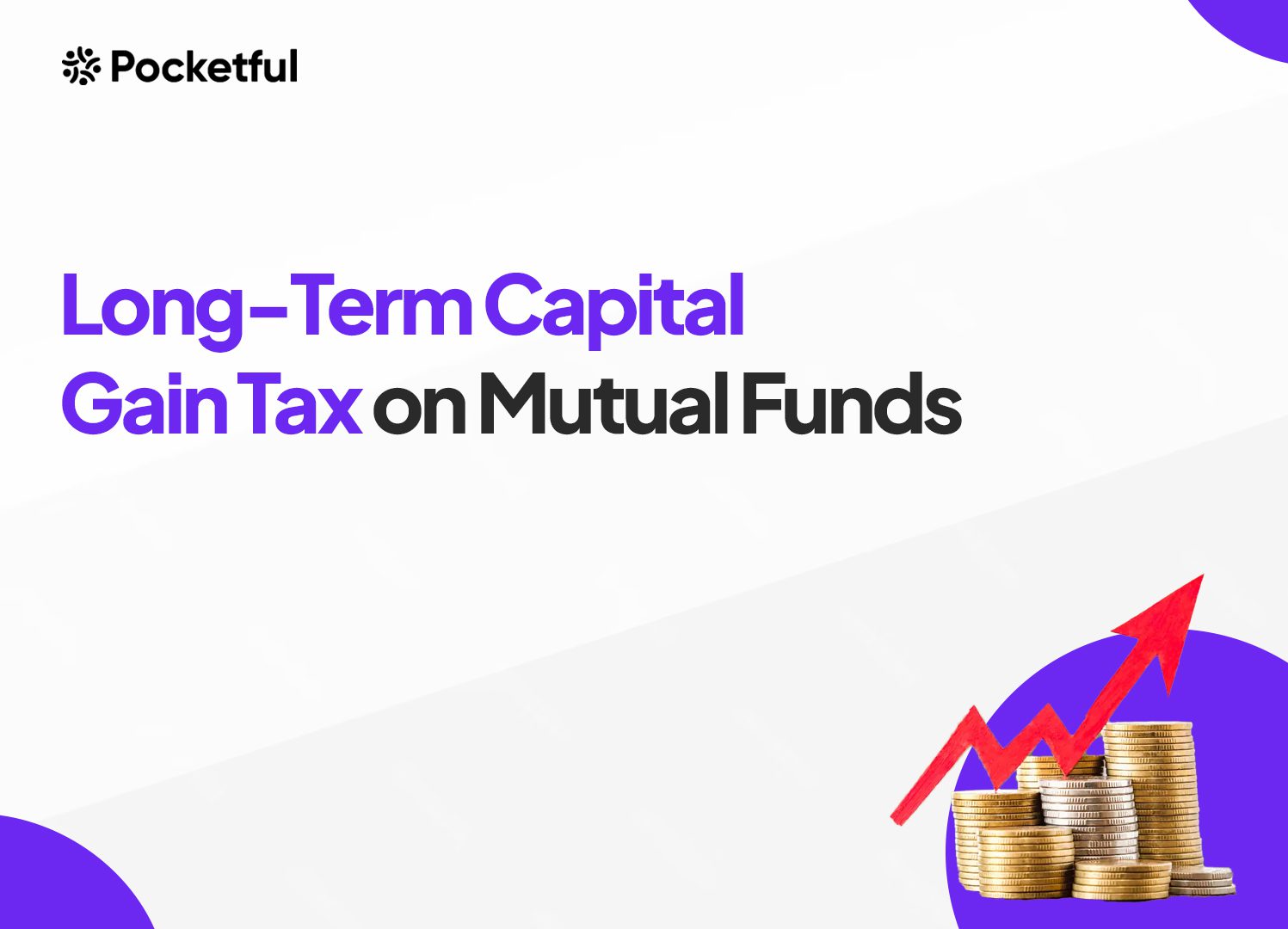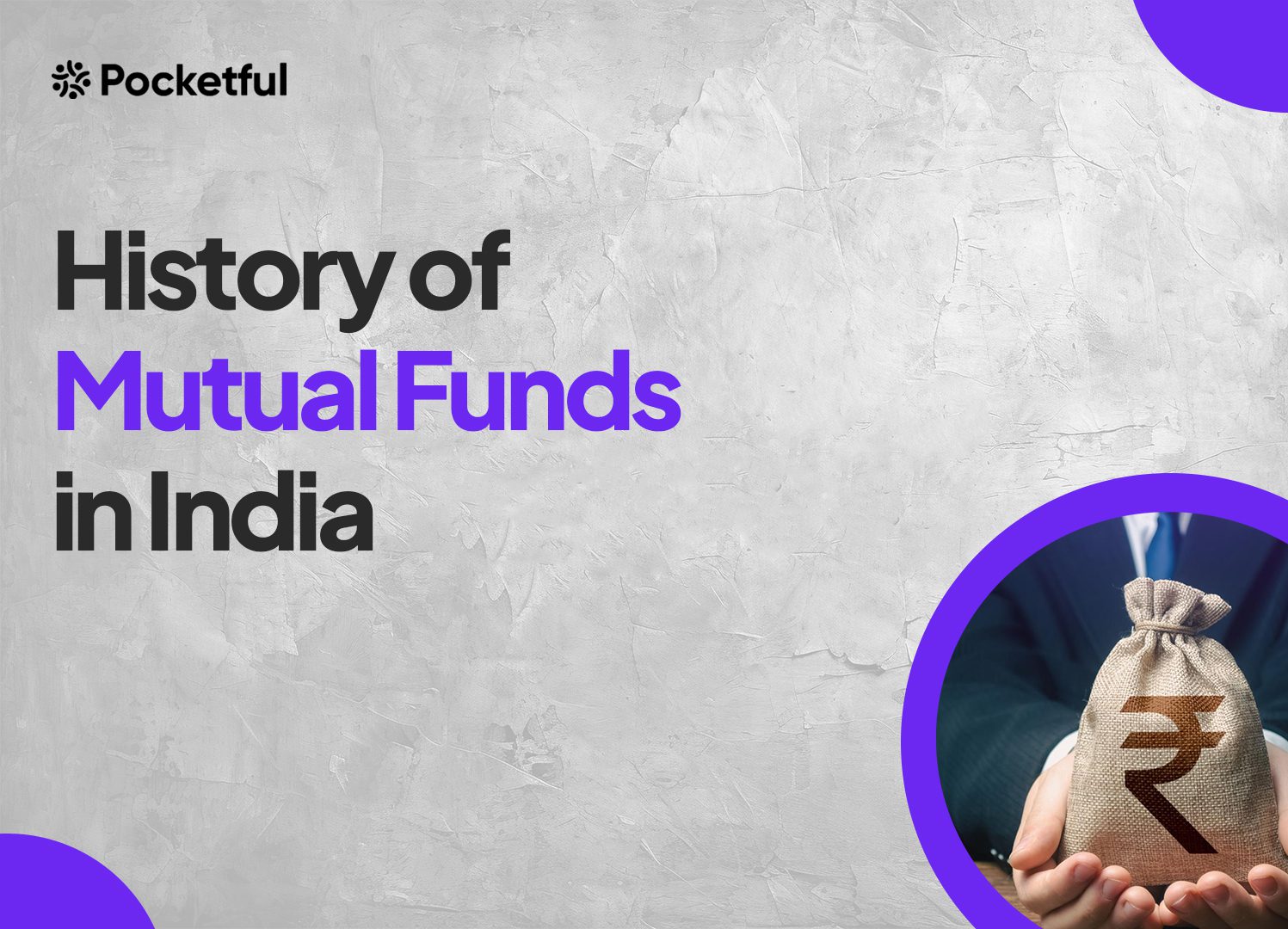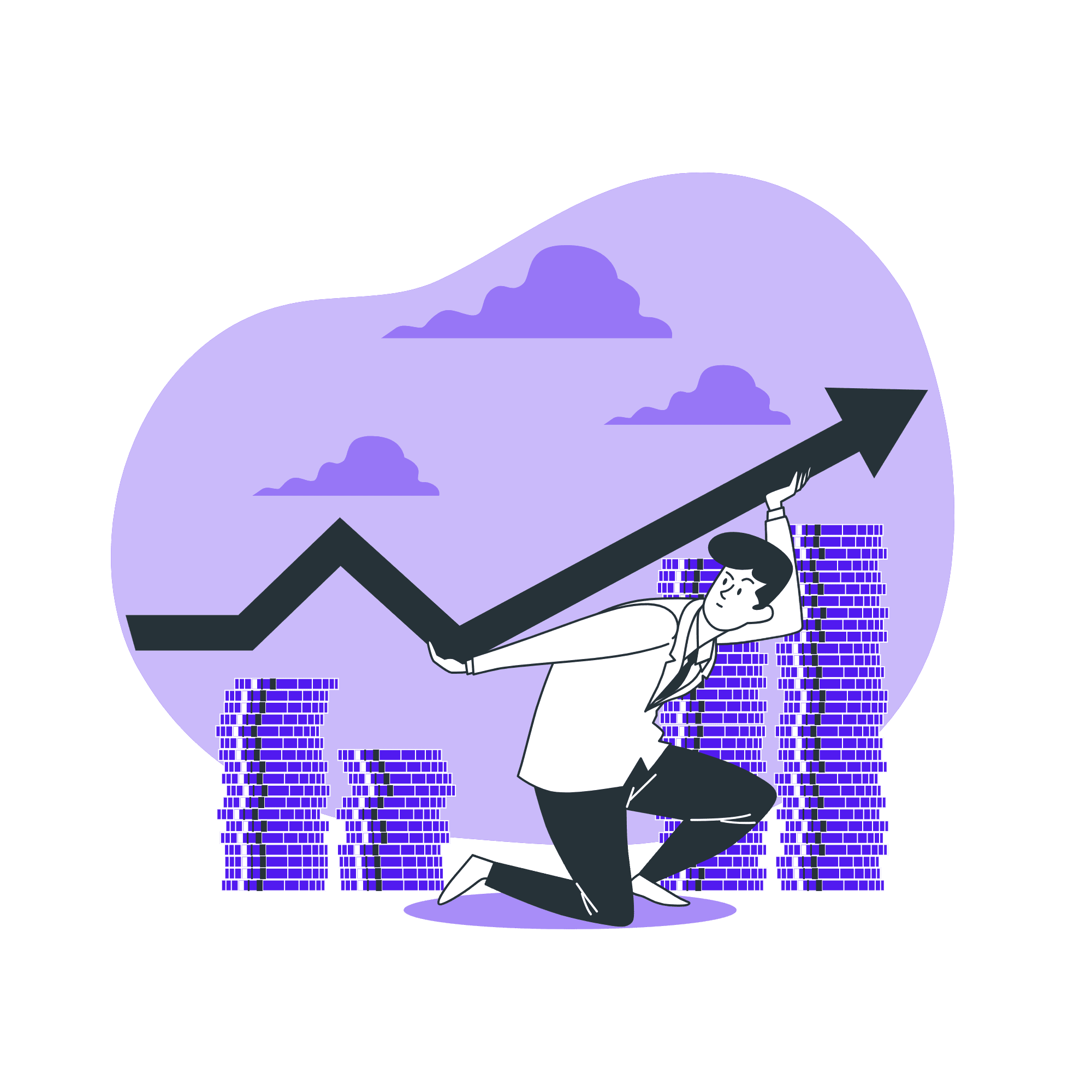As a novice investor who has recently begun investing in mutual funds, you may be afraid after learning about a mutual fund investment issue faced by an investor while investing via a famous broker. However, your investments in mutual funds are safe as SEBI has put several restrictions in place to protect investors’ interests.
Read our blog to learn how your mutual fund investments are safe from fraud.
Role of SEBI and AMFI
The mutual fund industry in India is currently valued at 61 lakh crore with over 19 crore folios. The Securities and Exchange Board of India is a government organization overseeing the smooth operation of the capital market and regulates mutual funds in India. In addition to the 1996 mutual fund legislation, SEBI has released several guidelines to safeguard investor’s interests.
The Association of Mutual Funds in India (AMFI) is a statutory entity that oversees asset management companies, in addition to SEBI, publishes a code of conduct for participating entities and handles investor complaints.
Modes to Hold Mutual Fund Units

Investment in mutual funds can be held in two different modes:
SOA Mode
The Statement of Accounts, or SOA, is the conventional way to hold mutual fund units. With this approach, the units are kept in a statement form that the asset management business issues periodically. The statement includes information on the folio number, transaction history, and other details. SOA is mailed to the registered address of the investor and is useful for those who prefer physical records.
Demat Mode
An investor must have a Demat account with a depository participant, such as NSDL or CDSL, to hold mutual fund units in demat form. Mutual fund units are stored electronically in a single demat account, much like your other investments, like equities and bonds. This enables investors to track all of their assets in one location.
Read Also: Mutual Fund Factsheet: Definition And Importance
Difference Between SOA and Demat Mode
| Particular | SOA | Demat |
|---|---|---|
| Mode of Holdings | Mutual fund units are kept in statement form. | Mutual fund units are held in electronic form in a demat account. |
| Accessibility | Under this method of holding, investors must interact with AMC or Registrar. | Investors are required to deal with a broker. |
| Fees | No additional charges apply for holding units of mutual funds in SOA form. | AMC is required to be paid along with transaction charges, brokerage, etc. |
| Transaction Mode | The transaction orders of mutual funds units can be placed directly with AMC through an online platform and physical forms. | Transaction orders can only be placed through online platforms. |
| Nominations | Transfer of units involves a lengthy and separate process for each AMC. | The method of nomination and transfer is easy and can be managed through a demat account. |
Event-related to Risks in Mutual Fund Investment

An investor filed a complaint against a famous broker, claiming that the broker had not invested in a mutual fund even though it had deducted money from his account. The app generated a false folio number and also removed the investment details from the dashboard.
Clarification by the Broker: The broker released a formal statement on the matter, claiming that there has been no withdrawal of funds from the customer’s account and no transaction took place. The broker acknowledged that the folio was incorrectly reflected on the customer’s dashboard. The broker credited the claimed amount back to the customer’s account afterward.
How to Safeguard From Fraudulent Activities in Mutual Funds?
It is your responsibility as an investor to safeguard yourself against any fraudulent activity. There are several ways to achieve this:
- Online Portals – If you are an online investor, you should only invest via the Asset Management Company’s official website and mobile application.
- MF Central Platforms – A software called MF Central, developed by two significant RTAs (Registrar and Transfer Agency), CAMS and Kfintech, allows users to manage their investment portfolios by viewing all of their mutual fund investments in a unified way and updating information across all mutual fund folios.
- Consolidated Account Statement – Consolidated Account Statements are useful for investors who have invested in several asset management firms. Investors can stay up to date on their portfolio holdings by generating a monthly CAS statement using CAMS and NSDL.
- Grievances – Investors can use SCORES to raise their complaints to SEBI and receive a prompt resolution to their problems.
Read Also: What is TREPS & Why Mutual Funds Invest in it?
Conclusion
In summary, investing and thoughtful portfolio construction are important components of financial planning, but proactive measures to safeguard your assets against risks are also necessary. One should take several steps to lower the risk of falling victim to fraud. Investors must always invest through official and verified platforms to protect against fraud. An investor should consult with a financial advisor before investing.
| S.NO. | Check Out These Interesting Posts You Might Enjoy! |
|---|---|
| 1 | Shariah-Compliant Mutual Funds: Should You Invest? |
| 2 | Regular vs Direct Mutual Funds: Make The Right Investment Decision |
| 3 | A Comprehensive Guide on Mutual Fund Analysis |
| 4 | What are Small Cap Mutual Funds? |
| 5 | Who Regulates Mutual Funds in India? |
Frequently Asked Questions (FAQs)
Is it safe to invest in mutual funds using online platforms?
Yes, several online platforms let investors purchase mutual funds. However, as an investor, you must thoroughly investigate the platform before investing to ensure it is official.
Does SEBI govern MF Central?
In September 2021, two RTAs, CAMS and K-Fintech, developed the website MF Central in compliance with a directive from SEBI.
Are there any charges for holding mutual funds in demat form?
While owning a demat mutual fund is free, investors must pay annual maintenance fees and other costs to maintain an active demat account.
What is the full form of SOA in Mutual Funds?
SOA stands for Statement of Accounts, which is a document provided by asset management firms to investors, giving them information about their assets and transactions.
How many nominees can I make in one mutual fund folio?
An investor can nominate up to 3 people for one mutual fund folio.





























